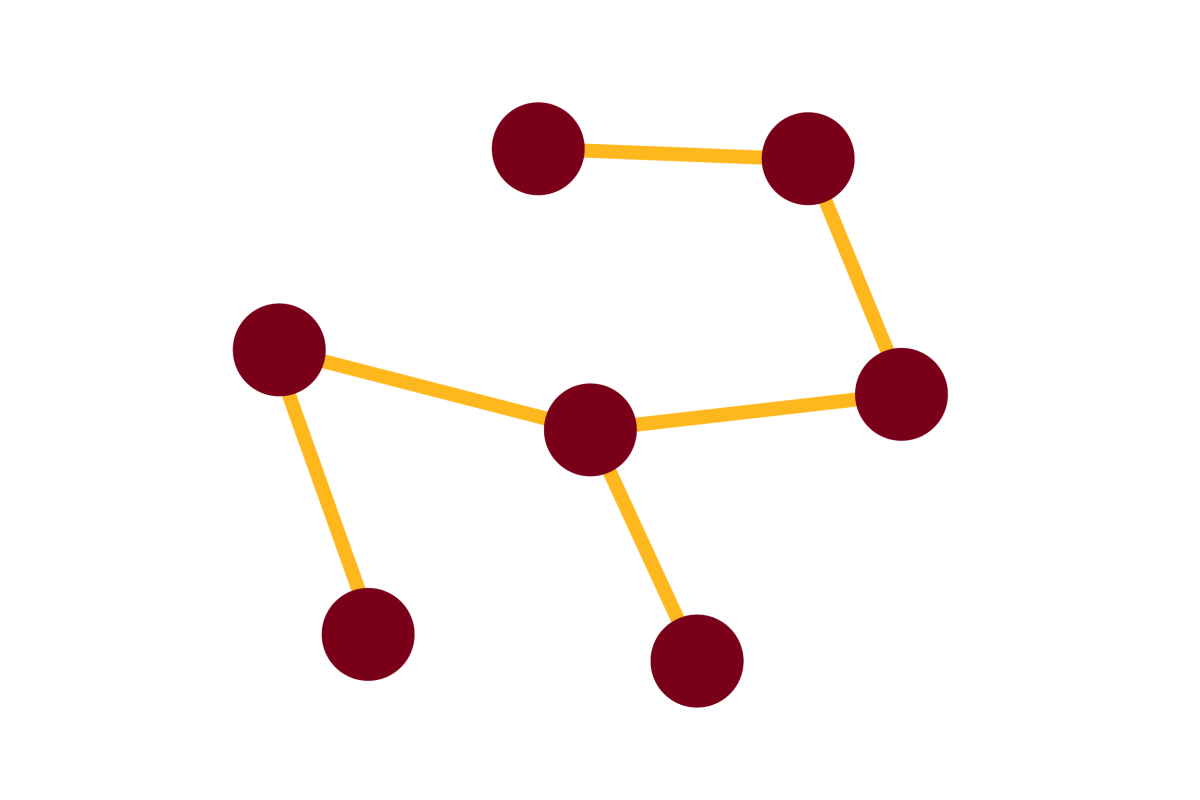Improving Measures of Chemical Structural Similarity Using Machine Learning on Chemical–Genetic Interactions [journal]

Journal
Journal of Chemical Information and Modeling - July 28, 2021
Authors
Hamid Safizadeh (Ph.D. student), Scott W Simpkins (Ph.D. 2018), Justin Nelson (Ph.D. 2019), Sheena C Li, Jeff S Piotrowski, Mami Yoshimura, Yoko Yashiroda, Hiroyuki Hirano, Hiroyuki Osada, Minoru Yoshida, Charles Boone, Chad L Myers (professor)
Abstract
A common strategy for identifying molecules likely to possess a desired biological activity is to search large databases of compounds for high structural similarity to a query molecule that demonstrates this activity, under the assumption that structural similarity is predictive of similar biological activity. However, efforts to systematically benchmark the diverse array of available molecular fingerprints and similarity coefficients have been limited by a lack of large-scale datasets that reflect biological similarities of compounds. To elucidate the relative performance of these alternatives, we systematically benchmarked 11 different molecular fingerprint encodings, each combined with 13 different similarity coefficients, using a large set of chemical–genetic interaction data from the yeast Saccharomyces cerevisiae as a systematic proxy for biological activity. We found that the performance of different molecular fingerprints and similarity coefficients varied substantially and that the all-shortest path fingerprints paired with the Braun-Blanquet similarity coefficient provided superior performance that was robust across several compound collections. We further proposed a machine learning pipeline based on support vector machines that offered a fivefold improvement relative to the best unsupervised approach. Our results generally suggest that using high-dimensional chemical–genetic data as a basis for refining molecular fingerprints can be a powerful approach for improving prediction of biological functions from chemical structures.
Link to full paper
Keywords
bioinformatics, computational biology, machine learning